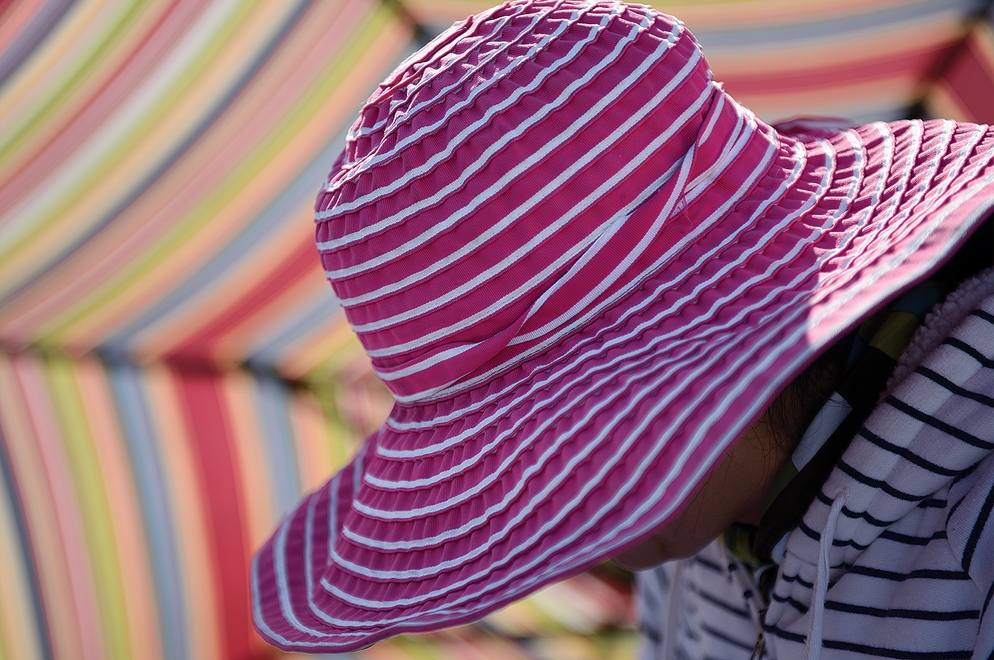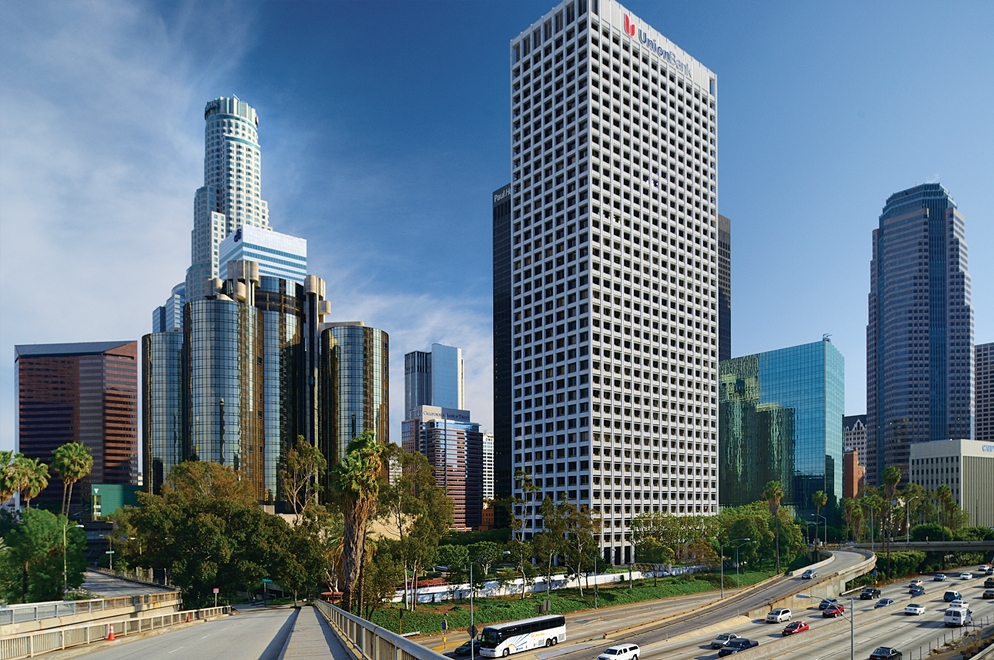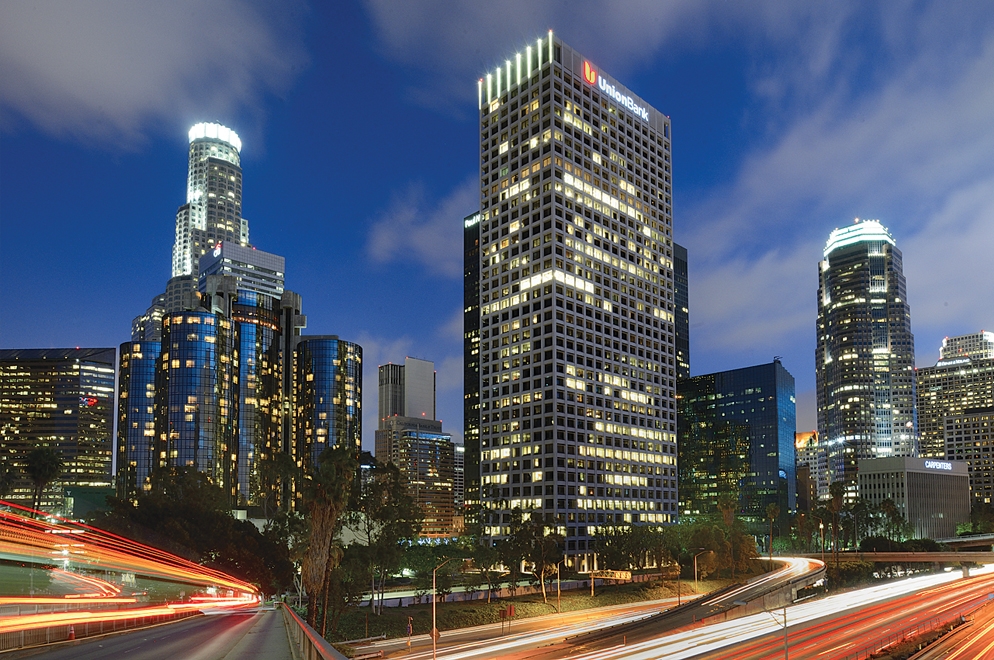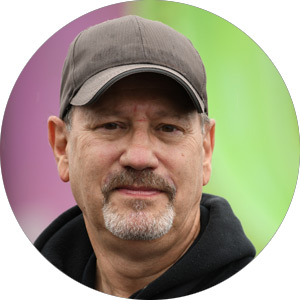New Tricks
by Lindsay Silverman
I’m finally certain of the single best thing about today’s imaging technology: it’s that after more than 30 years of picture-taking experience, it can still make me feel like a novice. Put a new camera in my hands and pretty soon I’m making discoveries, exploring possibilities and learning new tricks. And when the camera is the D800, the game is completely changed in ways I never expected.
When I heard about the D800’s specs—36.3 megapixels, FX-format sensor, an amazing set of features—and then saw the first incredible photos, I knew that this camera was going to challenge what I know and do, and its capability was going to produce results I wasn’t used to seeing.
Three quick examples:
One of my favorite subjects is cityscapes, and whether I’m in Manhattan, only an hour from my home, or in California on business, that won’t change. But when I saw the startling resolution and detail of the D800’s images, I actually thought, I’m going to have to go back to all the places I photographed and shoot them with this camera. The truth is, the D800 sees more than I can see.
Second, the D800’s superior auto white balance control has made a difference in my everyday shooting to the point where it’s a major factor for me. I always try to shoot with my cameras set for auto white balance. Sometimes I have to switch to fluorescent or choose a custom setting, but for the most part I go auto and don’t want to think about it. What I’ve found is that when I set auto white balance on the D800, the camera reads the lighting—even mixed lighting—with incredible...well, there’s no other word than this: judgment. Simply, the D800 is making better, more accurate judgments. And it’s doing it for the metering system as well. The D800 has a 91,000-pixel RGB 3D sensor (our first such sensor offered 1,005 pixels), giving the autoexposure system incredible, almost intuitive, accuracy. This camera’s light metering system is the best I’ve used in my life.
Third, I love HDR, and the D800 offers in-camera, two-shot HDR that’s nothing short of killer performance. HDR is all about detail, and the D800’s rendering of details is amazing. Couple that with the camera’s dynamic range and ability to capture subtle tones and I can get everything from realistic views of the world I see to interpretive views of the world according to Lindsay.
Okay, now my big news: from the time Nikon introduced video capability in a DSLR—the D90—I’ve always enjoyed making little video clips. But frankly I’d been just playing around—catching a spontaneous moment here and there, maybe planning out a short clip to cover an event. Before the D800, filmmaking was something I thought about from time to time. That’s changed. Now I’ve got a relatively small camera with a powerful FX sensor that gives me incredible results with a range of premier NIKKOR lenses. I’ve got full-time autofocus with focus tracking, 1080p resolution, stereo sound recording capability and the ability to monitor the sound as it’s being recorded. Here’s a whole new area of creativity, a big bag of new tricks.
So there you have it: a new appreciation for what technology really offers: the opportunity to keep learning and creating.










